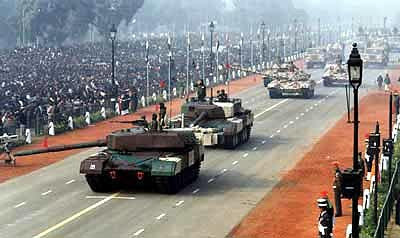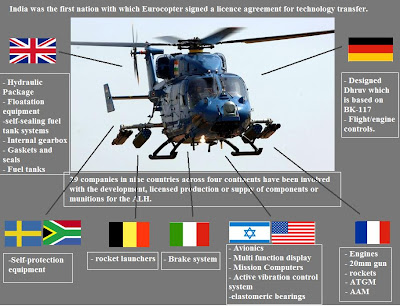0

ChengduAerospace’s most famous product, the J-10 fighter aircraft, made its inaugural appearance at Zhuhai’s Air Show China in 2008, offering one of the most remarkable flight displays of the event. In the intervening twoyears, the program has made notable progress.
The J-10’s evolution mirrors that of another famous single-engine fighter aircraft, the Lockheed Martin F-16 in more than one respect.
One of the F-16’s major developmental milestones was the introduction of a second, alternate engine, the F110-GE-100, which at the time produced 6,000 lbs more thrust than the F-100-PW-100/220 that was the aircraft’s original power plant. In the same vein, Chinese industry has been hard at work to complete testing and development of the Liming Aeroengine Manufacturing Corporation (LMAC) WS-10Aengine.
According to Chinese news reports, the WS-10A has been flying on board prototype aircraft of the J-10’s next block-series development, which has been designated as J-10B. The WS-10A will replace the Salyut AL-31FN engine, which was the aircraft’s original power plant.
Included as part of the J-10B’s configuration is an entirely new design for the engine inlet, which has changed from the rectangular configuration developed for the AL-31FN to an oval-shaped inlet. This again parallels the F-16’s development in which a “big mouth” inlet was developed for the aircraft to provide an increase in air flow for the enhanced thrust of the GE F110 engine.
In the modern day, however, what makes the major difference in combat aircraft performance is the capability of the on-board electronic systems. Chinese industry officials told Aviation Weel that a new line of products is in development to replace some of the major pod container systems in use now on the J-10 and other aircraft.
Most notable here is the CETC KG300G electronic warfare pod, which will be redesigned in a new variant that expands the frequency bandwidths it can cover. Also in development is a new-generation active electronically scanned array (AESA) radar that would replace the aircraft’s current mechanically-steered array. “AESA radars are a major improvement for any fighter aircraft,” said one Chinese designer, “in that it provides a significant increase in reliability and radar performance.”
In the modern day, however, what makes the major difference in combat aircraft performance is the capability of the on-board electronic systems. Chinese industry officials told Aviation Weel that a new line of products is in development to replace some of the major pod container systems in use now on the J-10 and other aircraft.
Most notable here is the CETC KG300G electronic warfare pod, which will be redesigned in a new variant that expands the frequency bandwidths it can cover. Also in development is a new-generation active electronically scanned array (AESA) radar that would replace the aircraft’s current mechanically-steered array. “AESA radars are a major improvement for any fighter aircraft,” said one Chinese designer, “in that it provides a significant increase in reliability and radar performance.”






